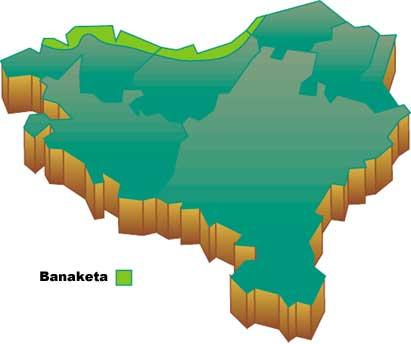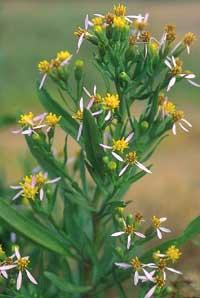Marshland Aster

The aster genre to be analyzed on this occasion belongs to the family of compounds. In this family the degree of diversification is very high and covers more than 1,000 genera and 20,000 species. They are usually herbaceous, although sometimes they can be bushes and, exceptionally, medium-sized trees. The inflorescences are characteristic of this plant (chapters), in which the flowers are grouped in large quantities in a single receptacle, protected by the bract and forming a single flower. These flowers are usually hermaphroditic and sometimes monosexual.

As for the genus Aster, about 15 species are known in Europe, of which 7 are in Euskal Herria. Due to its ornamental use, there are also naturalized species such as the Aster lanceolatus, native to America.
The aster we are studying is a perennial plant with a powerful and branched stem of between 15 and 100 cm. The leaves are narrow, mammoth and illegal. The chapters of 2 cm in diameter are very numerous and on the outside the silver bracts form a panicle in the form of corimbo. Flowers outside the chapter are violet or white and those in the center yellow. It flowers between July and October.
The habitat of this plant are the cliffs and especially the marshes, so, despite being very common in these areas, they are only adapted to it. In fact, the living conditions that establish these habitats are very harsh (for example, a very high degree of salinity), so these plants have had to develop very special adaptations, resulting in a typical and specialized vegetation. However, not all requirements are set by the sea, to which must be added those imposed by human pressure. Human activity has a great influence in these regions and, unfortunately, has endangered the very conservation of vegetation.
To round off the said, the reader should keep in mind that this plant can also be used as a medicinal plant, especially to cure eye diseases.
Family: compounds |
Buletina
Bidali zure helbide elektronikoa eta jaso asteroko buletina zure sarrera-ontzian











